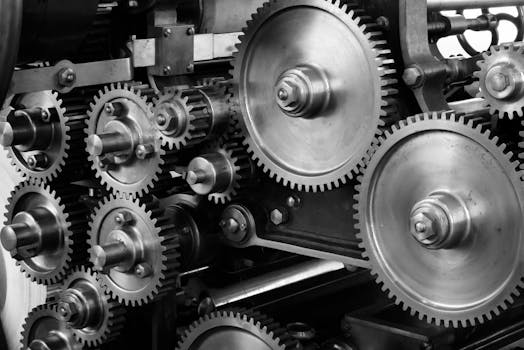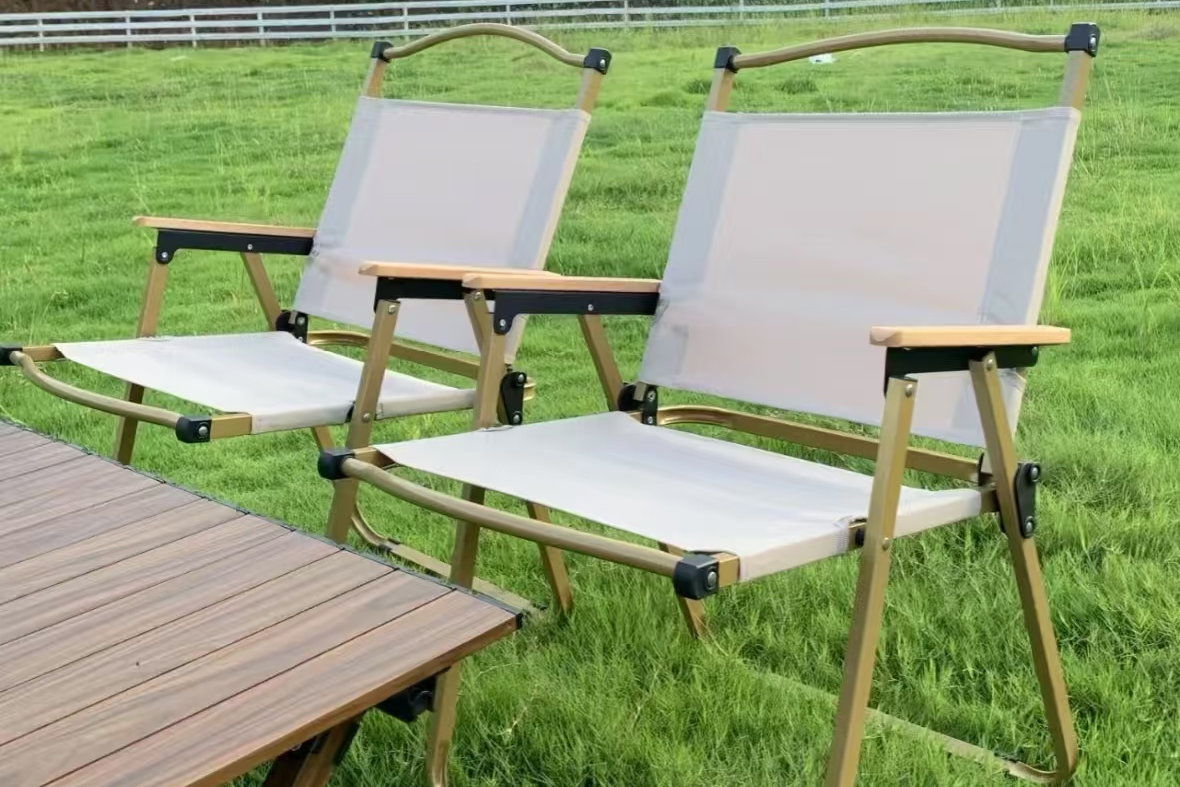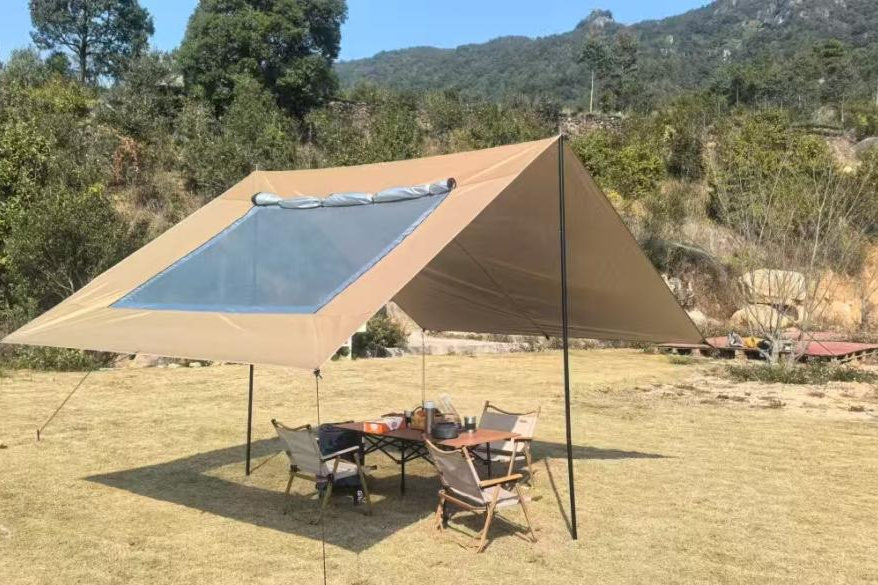
Why Isn't My Heating Stove Producing Enough Heat?
2025-10-15
Nothing is more frustrating on a cold winter day than realizing your heating stove isn’t keeping you warm enough. You’ve added plenty of fuel, but somehow, the room still feels chilly. Don’t worry—you’re definitely not alone! Many homeowners face this issue at some point. Let’s take a closer look at the common reasons your heating stove might not be producing enough heat and what you can do about it.
1. The Fuel Might Be the Problem
The first thing to check is your fuel quality. If you’re using a wood stove, damp or unseasoned wood produces less heat and more smoke. Always use dry, seasoned wood for maximum heat output.
If you have a pellet stove, make sure the pellets are not too old or damp. Low-grade pellets can clog the system and reduce heat efficiency.
Quick tip: store your fuel in a dry, ventilated area to keep it in good shape all winter long.
2. Airflow and Ventilation Issues
Even the best stove can’t perform well without proper airflow. If the vents, pipes, or air inlets are blocked, the fire won’t get enough oxygen. This leads to weak flames and poor heating.
Try checking the air vents and the chimney for buildup or obstructions. Sometimes, a simple cleaning makes a huge difference!
3. The Stove Might Be Undersized
A smaller stove in a large space just can’t produce enough heat. If your stove worked well in the past but doesn’t anymore, consider whether your home layout or insulation changed.
In larger rooms or open-concept spaces, you may need a more powerful unit or an additional heating source to maintain comfort.
4. Poor Insulation or Heat Loss in Your Room
Before blaming your stove entirely, check your room’s insulation. If warm air is escaping through windows, doors, or ceilings, no heating stove will keep the temperature stable.
Try sealing gaps, using thick curtains, or adding door sweeps. Sometimes the fix isn’t in the stove—it’s in the room itself!
5. Dirty Components or Lack of Maintenance
Over time, ash buildup, dirty glass, or clogged filters can reduce performance. A clean stove works more efficiently and produces more consistent heat.
Schedule a regular cleaning routine:
- Empty ash trays weekly
- Clean glass doors
- Inspect the chimney for soot buildup
- Check all seals and gaskets
A little maintenance goes a long way in keeping your stove efficient.
6. Incorrect Operation or Settings
Sounds simple, but many heating issues come down to usage. Maybe the air control setting is too low, or the firewood isn’t stacked correctly for airflow.
Make sure to follow your stove’s operation manual and learn the best way to start and maintain the fire. Sometimes, adjusting the damper or rearranging the logs can improve the heat output instantly.
A heating stove is a wonderful tool for comfort and efficiency—but it needs the right conditions to perform well. Whether it’s the fuel, airflow, maintenance, or even your room insulation, solving the heat issue often comes down to small adjustments.
If your stove still doesn’t heat properly after checking all these points, it might be time to consult your stove supplier or consider an upgrade.
Recent Posts

2025-11-05
Can Planting Boxes Be Used Indoors?






